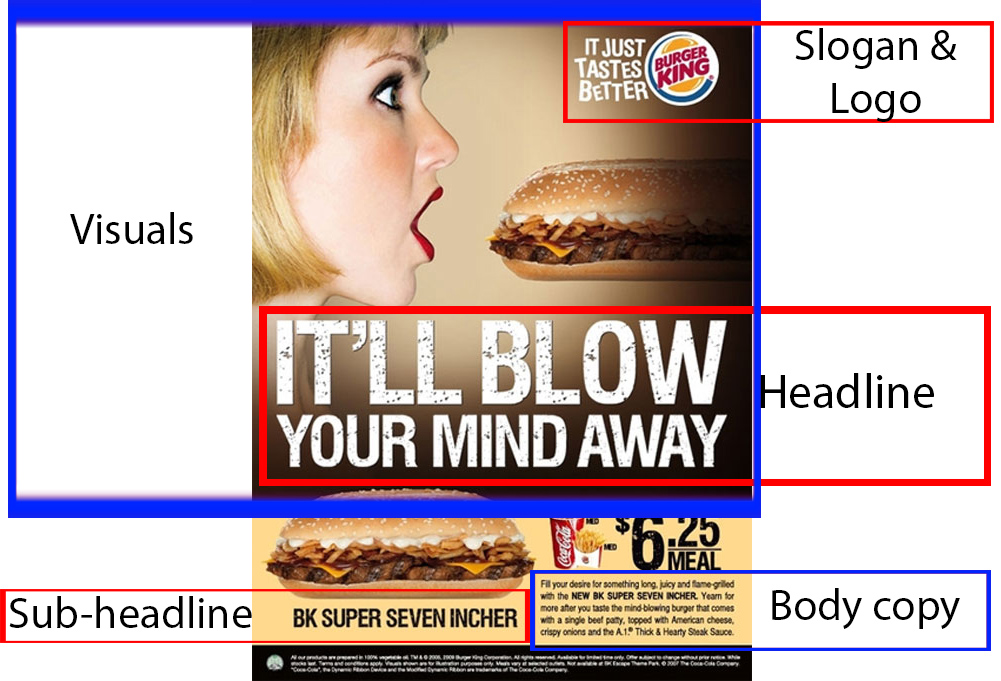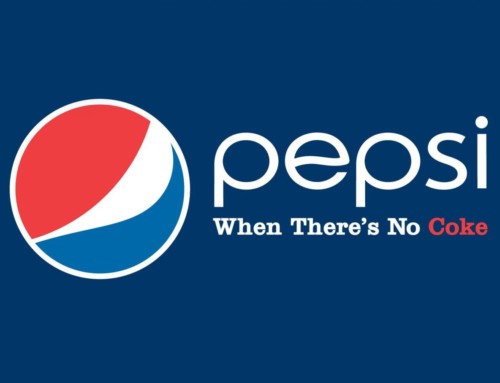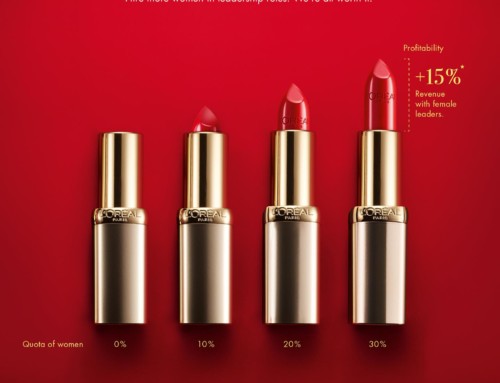Advertising media research means looking at the actual materials used to push the advertising message out. The aim is to determine whether or not the media is appropriate for the strategy that management has put in place.
In advertising, all the elements have to contribute to the overall aim of the project. You can conduct pre-launch advertising research but the exercise does not help if the advertising media does not play its part.
Every word you write, every picture you take, and every billboard you erect has to talk to the same thing. Below are the types of advertising media available to marketers
- Direct mail
- Newspapers & magazines
- Radio advertising
- Television advertising
- Film advertising
- Outdoor advertising
- Window display
- Online advertising
- Fairs & exhibition
- Specialty advertising
Let me know if I missed any type of media in the comments below.
All these types of advertising media have different advantages and disadvantages. Direct mail achieves different results from film advertising, for example. It is imperative to conduct advertising media research to determine which media types are suitable for the advertising campaign that you choose to run. Check the previous articles in this series for instructions on how to arrive at an advertising strategy.

Research & Make A Choice On The Advertising Media Type
Media affects campaign results for a variety of reasons. If you choose the wrong media type even the best advertising concepts will not bear fruit.
Take a look at your strategic objectives and take note of the amount of reach that you require, the target audience, and the allocated budget among other issues. Advertising research helps you choose the media that balances all of the factors out while delivering the highest impact. The other issues to take note of when choosing the vehicle for advertising campaigns are:
- The type of media affects the number of people that you reach with the campaign. If you are a small company with customers located in a specific geographic area, there is no need to do film advertising. A billboard does a better job in such a situation. Different demographics rely on different types of media. Advertising fertilizers in the newspaper is not effective considering that most people who use fertilizer are in rural areas.
- The media vehicle has to align with the product that’s for sale. Video is more effective for car advertisements than magazines. A car is a dynamic product that has many features that need to be explained in a short space of time.
- You have to choose advertising media that allows you to achieve certain short to long term objectives. If the goal is to make sales immediately, it is better to use online marketing with a call to action rather than magazines. Online advertising allows you to target individuals multiple times with the same or different variations of an advertisement. The ability to retarget the potential customer increases the likelihood that the customer will purchase
- Conduct research on how distributors of the media you want to use operate. Advertising media like magazines has limited space. In such a scenario find out how easy it is to place an advert in a publication and how often advertising slots are available among other factors. You want to avoid cases where you need to advertise and yet the magazine is full.
Key Areas Of Advertising Media Research – According to Wolfe
a) You should research on the ability of media to reach households who are in the market for an advertiser’s products/services/ideas. Reaching the right audience as accurately as possible is important as it reduces the budget for advertisements. Reduction in costs of advertising comes from the fact that funds are not wasted non-converting targets. In the case of online advertising, better targeting reduces the cost per result. Companies that sell advertising online view higher conversion rates as a sign that your advertisements are relevant to the customers. As a result, you pay less for every action that the customer takes on your advertisement. Higher conversion rates mean you get a bigger profit from your advertising efforts.
b) Check if the media that you select can reach decision-makers within the homes of your target market. It does not help anyone if you roll out a magnificent advertising campaign on a platform that people who make decisions about purchases do not use. In most countries, the main demographic on Facebook is between 24 – 34 years of age. If you are selling big button remote controls for the elderly, it’s not wise to advertise on Facebook. Of course, the children will see the advert and recommend it to the parents – but it’s more effective if you use media gets the message to the senior citizens. An example of a media that serves this purpose is a newspaper.
c) Find out the extent of the constant impression that the advertising media makes on an individual. Some products like cannabis-based products, need a lot of advertising to convince a customer to purchase. Cannabinoids are a new trend and a result is that people are still skeptical about the products. The result is that whatever media you use has to be available for the customer to refer to over and over again. Direct mail is a good option for this endeavor. In the case of cannabis-based products, it is one of the few options as other channels do not allow advertising of cannabis-based products. With direct mail the customer can look at the hard copy over and over – You can also send more mail to the customer at a low cost. Direct mail creates the constant impression needed to convince the customer to purchase the product.
d) Conduct research to verify if the media used in the advertising campaign changes the attitude of the target consumer favorably. Let’s say you are selling recyclable packaging to environmentally conscious customers. It is no brainer that the media vehicle, in this case, is a magazine that uses recycled materials to create the magazine. This creates a level of consistency that builds brand equity with the potential customers.
e) The ability of the attitude change caused by the advertising message in a specific media to create purchasing intention or to modify it should be measured beforehand. The main point of advertising is to increase revenue in one way or the other. We need to know if the advertising campaign is doing enough to push the customers over the edge.
f) It is very important to determine the increase in the number of sales of the product in response to the advertising message that you release. Use predictive analytics to forecast demand before and after launching an advertising campaign. The demand forecast is conducted across various media that are `under consideration. The media that gives the best result, while balancing other aspects that are under consideration, gets the nod.
Once you collect data on the above subject and you analyse the responses using regression. You then select the media type(s) to be used. Always let the numbers from the research guide you. Even if the numbers tell you what you do not want to hear, follow them

Conducting Research On The Advertising Copy
The way you think people will take a message is not the way that they usually take it. A lot of marketers make the mistake of creating advertising copy and not testing it before launch.
You need to know whether or not the advertising copy you are pushing out resonates with the target audience. The message needs to be well constructed. It is even more important for the customers to perceive the message in the manner that you want them to. If customers perceive a message in the manner that you intend them to, you will get a greater return on your investment.
You can use small samples to pre-test advertising copy but the bigger sample the better. It is better if you have the time and resources to conduct a regression analysis.
What is important is to replicate the environment in which the copy will be delivered as much as possible. This enables you to get a clear picture of how the advertising copy will perform in real life.

Above there are all the elements of advertising that require pretesting. As you can see all of the spheres across the advertising value chain are covered. One glance and you can see how much you have been missing when it comes to preparing to roll out your advertisements.
In this section, we are concentrating on the second section, Copy Research. All of the columns give you guidelines on what you will be looking for. It does not end there, you need to conduct the studies accurately. Leave as little of the results to chance as possible. Let me give an example of when choosing the ‘Advertiser’s Decision’. Avoid using subjective methods like Focus Groups where you collect open-ended responses. Create a questionnaire with closed-ended questions that allows you to analyse the data using regression. The benefits of using statistics to arrive at answers far outweigh the benefits of letting respondents express themselves fully.
Let us take a look at some of how you can collect data in the advertising media research process.
Advertising Media Research Data Collection Techniques
Consumer Jury
The technique involves an assembly of several people who represent views of potential consumers. These individuals are shown the advertisements or commercials and their comments on specific elements of content and creative approach are obtained. A variation to this procedure is made by having a panel of individuals who can be interviewed at their respective places in order to obtain individual opinions which can later be collected to obtain a representative conclusion.
Matched Samples
Two or more groups of persons comparable in respect of parameters such as age, sex, income occupation, behavioral characteristics, and product usage as relevant to the research problem constitute matched samples. The testing procedure involves showing one variation of the pre-test advertising or copy, to one group and another variation to a matched group. The variations may be made in any of the elements viz. themes, headlines, slogans, visuals, and body copy. “Before” and “after” measures of perceptions regarding specific issues are administered and any major changes between the control and the matched groups may be attributed to the differences in the version being tested since all other conditions may be assumed to be similar.
Portfolio Tests
The method consists is collecting several advertisements in a portfolio with typical editorial contents. Each of these advertisements is for a different product. The portfolio is then individually shown to a representative sample of respondents who are expected to flip through it just the way they would have looked through a magazine or a newspaper. The respondent is then asked to recall the advertisements and any other relevant details. This indicates the extent of recall of the product and the advertisements under the extent of recall of the product and the advertisements under test, as well as of elements of content. Additional measurements of attitudinal parameters may also be made. The portfolio test may be used with matched samples of respondents to study the variations in the
advertisements contained in a similar portfolio.
Story-board tests
A procedure similar to the portfolio testing can be used for film or television advertisements. It involves developing story-boards into film strips or video cassettes. Film strip story-boards may be shown as single frames. Respondents are usually shown 8 to 10 such experimental advertisements. Following the screening, measurement of recall of products and brands and retention and comprehension of messages may be made. Respondents may also be asked to make observations on the qualitative features.
Mechanical & Other Devices Used In Advertising Media Research
There are two types of mechanical devices; those controlling the exposure and others providing precise measurement of responses. Some of the more common devices are the following.
Tachistoscope

A timing device as the one used in cameras. It allows the operator to regulate the viewing time of an advertisement or a package design. Tests of recognition are administered to representative samples of the target audience. They may also be asked to comment on the distinctive features of the test advertisement or package and items of immediate visual significance such as design and colour scheme. A portable version of a Tachistoscope can be made for carrying out tests at homes of respondents.
Eye-movement Cameras

Eye-movement Cameras are devices that record the amount of time subjects spend looking at advertisement and the path of eye travel from one element of an advertisement to another.
Pupilometric Devices
Pupilometric devices record the changing dilation of a subject’s pupil while viewing a print advertisement or an advertising film. These changes give an indication of the attention value of an advertisement and related emotional responses.
Psycho-Galvano-Meter
Psycho-galvanic response measures are made through devices that record change in electrical conductivity. Emotional excitement causes increased sweat secretions that lead to an increase in electrical conductivity of the skin and these increases are recorded by psycho-galvanometer.
A Lie Detector

A lie-detector is based on the same basic principle and psychogalvanic response can provide an accurate measure of the attention catching value of a test advertisement.
In my opinion, these gadgets should only be used when the budget is large. Making people go through the advertisements and then using questionnaires to extract findings works just as well. It is by no means easy but it works even better than recording open-ended questions.
Using questionnaires also has the added advantage of being able to assess customer intent. A Tachistoscope can measure eye movements and what not but it does not answer the ultimate question. The ultimate question is what the customer will do after watching the video.
So, there you have it. An overview of how to conduct advertising media research. The best businesses make the least amount of mistakes. Careful research will always give you better results than operating on a whim
What do you think about conducting advertising media research? Is it worth your while to do the extra work to protect yourself from potential losses that occur as a result of embarking on poorly planned advertising campaigns?







Leave A Comment